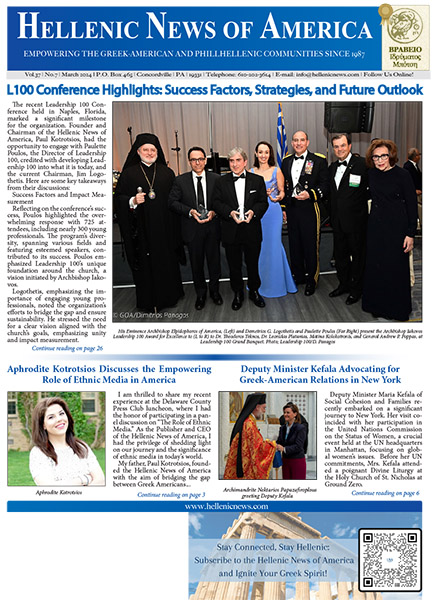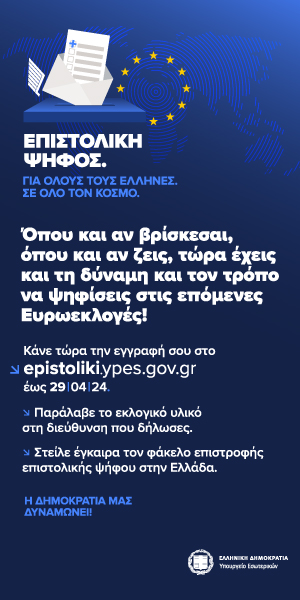“This is a special surprise for you, Catherine!” said my guide, Irina, during my multinational tour of Moscow this past week. “We are in front of a sculpture dedicated to two monks who translated the Bible from Greek into Russia.” I saw a massive black sculpture of two monks with writing materials, donated by the Greek government in the year 2007. The inscription in Russian and Greek read “This is dedicated to the monks Ioannikos and Sofronios Leihoudes who brought enlightenment. A gift from the Greek Government to Moscow.” Everyone in our tour was astonished.
On my return to the United States, during this past week’s strained relations between both countries over Syria, I researched the two monks in English and Greek. Nothing in English. In Google/gr Wikipedia, a history of monk Sofronios explained he was born in Cephalonia in 1652. He studied theology and philosophy with Professor Gerasimos Vlachos in Venice. Nine years later he received his Ph.D. in the University of Padua and was ordained to the priesthood. He taught in schools of Cephalonia, Macedonia, Thessaly and Constantinople.
The Old Russian ecclesiastical and civil authorities asked the Patriarch of Jerusalem, to send Eastern Orthodox scholars to establish Greek schools. Monk Sofronios was selected. He taught rhetoric and Greek at the Moscow Academy. At the end of his life, he was elected Abbot of the Solotsin Monastery. He died on June 15, 1730 and was buried in Novospasski Monastery.
His brother, Ioannikos Leihoudes, was born in 1633. Monk Ioannikos was 19 years older than his brother Sofronios. He had the same education training in Venice and Padua first. He taught in the same areas. The Patriarch in Constantinople sent him to Russia in 1685 to teach rhetoric and Greek at the same Academy of rhetoric and Greek. He died on August 7, 1717.
“As its (Byzantine Empire) interests in the Mediterranean declined, its interests turned to the East, notably Russia. Byzantium became a substantial influence on the Slavic People such that its legacy survived the Empire itself. Following the fall of Constantinople, Moscow in Russia, the remaining center of the Orthodox Church, was known as the “third Rome.. Cyrillic writing and Orthodox missions rose quickly. Teachers from Byzantium traveled to Russia and established schools and conducted services for Russian converts…. Long after the collapse of the eastern Roman Empire, the Byzantine legacy lived on through the Russian Orthodox Church.”(https://www.historydoctor.net/Advanced%20Placement%20World%20History/byzantine_religion_and_influence.htm).
For a bibliography, visit https://el.wikipedia.org/wiki/%CE%99%CF%89%CE%B1%CE%BD%CE%BD%CE%AF%CE%BA%CE%BF%CF%82_%CE%9B%CE%B5%CE%B9%CF%87%CE%BF%CF%8D%CE%B4%CE%B7%CF%82
For more information, contact Irina at [email protected], https://www.expresstorussia.com and intourist.com.
Photo 1 – Sculpture dedicated to the monks Ioannikos and Sofronios Leihoudes from the Greek Government to Moscow,







